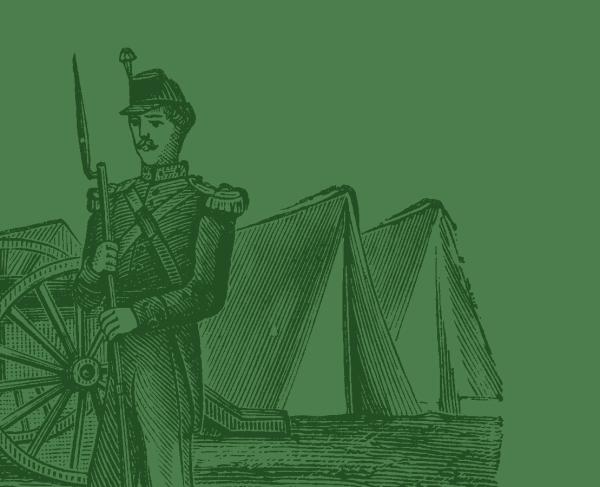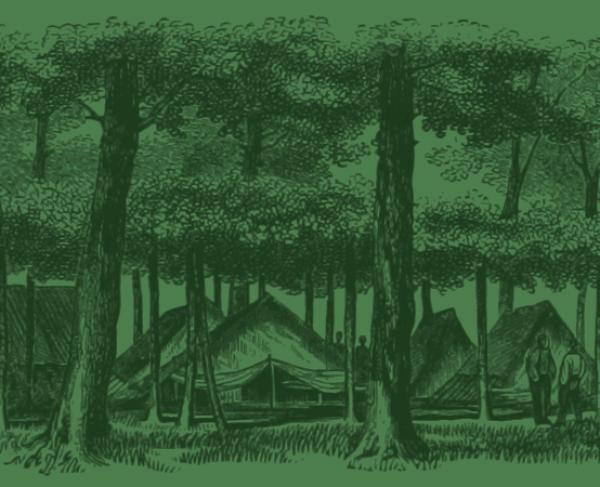Fort Pillow State Historic Park
Tennessee
3122 Park Road
Henning, TN 38041
United States
Fort Pillow was occupied throughout most of the War Between the States by Union or Confederate forces. The fortification was named after General Gideon J. Pillow, a Mexican War hero. Early during the war, the Confederacy saw the necessity for defending against a Union invasion of the south by way of the Mississippi River. Fort Pillow was one of several fortifications constructed on the river as a part of a river defense system. The fort was built on Chickasaw Bluff No. 1, overlooking the river. Batteries of cannon were constructed facing the river and an extensive system of breastworks was dug for the protection of the river batteries in case of land attack. During the war, the fort's river batteries were close to the river, but since the war, erosion factors have caused the river to move two miles west. The Union Navy did launch an invasion on the river. Following the fall of Island No. 10 and other Confederate loses to the north and east of Fort Pillow, the main U.S. Navy flotilla on the Mississippi River proceeded to work its way down river. On May 10, 1862, they met the Confederate River Defense Fleet in the naval battle of Plum Point Bend, within sight of Fort Pillow. The Confederate gunboats were victorious, but the Union gunboats were soon able to proceed down river and attack Memphis a month later. During the spring and early summer of 1862, the Union Navy bombarded Fort Pillow from its mortar boats. Few casualties resulted, but with the increasing danger of being cut-off from the main army, the Confederate Army evacuated Fort Pillow in June 1862. Union forces immediately occupied the fort and held it for almost two years. On April 12, 1864, Confederate General Nathan Bedford Forrest and approximately 1,500 Confederate soldiers attacked Fort Pillow. The Union garrison, commanded by Major Lionel F. Booth, was manned by approximately 550 soldiers; almost half were African-American troops. Major Booth was killed early in the day and Major William F. Bradford took command. The Confederate Army was able to gain a commanding position on the field of battle. General Forrest asked for surrender, which Major Bradford refused. The Confederate Army then stormed the fort and easily won the battle. After April 12, 1864, neither Union nor Confederate forces occupied Fort Pillow. Because of high casualties among the Union troops, especially the African-American artillerist, the the battle was coined "The Ft. Pillow Massacre" by Northern newspapers. Over 140 years later, the controversy surrounding the battle still exists.



